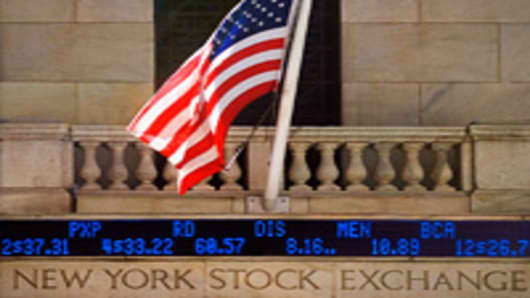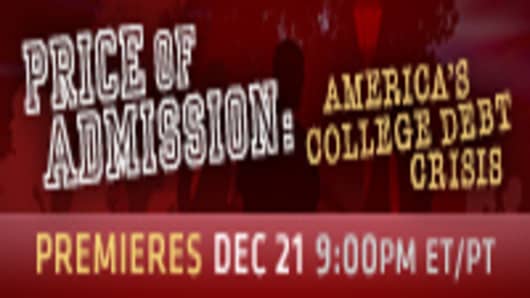“Publicly traded corporations are exactly that,” he says. “They have to meet demands imposed on them by the stock market and they have to do it every quarter. We might question whether that’s fair or desirable, but I think it’s just the reality. “
All higher education institutions have procedures by which presidential compensation is set, be it by state law, or a board of trustees. Incumbents who fail to perform, says Hartle, would not collect such paychecks for long.
Critics Cry Foul
Justified or not, however, the compensation packages of top executives at publicly traded colleges are giving critics added ammunition in their quest to deliver accountability to the largely unregulated industry.
“When we see that 90 percent of those who enter doctorate degree programs [at for profit public colleges] do not earn a degree after five or six years and that almost all of them owe the government a lot of money, and then on the other side we see the enormous benefits that the principals of the colleges are getting you form a conclusion that this is primarily an activity of the enrichment of those who are engaged in these activities at the top,” says Henry
Meanwhile, many come out of school owing nearly four times the amount they would have had to borrow to attend a public community college, add critics.
Indeed, the consumer advocacy organization, U.S. Public Interest Research Group, reports that students in for-profit colleges made up only 7 percent of those enrolled in higher education in 2001 (the most recent year for which data are available), but accounted for fully 44 percent of those who defaulted on federal student loans.
As a result,lawmakers inWashington are threatening to pull federal fundingif such schools can’t demonstrate student value—and fast.
Most for-profit public colleges rely on taxpayer dollars, in the form of federal aid from the Department of Education’s Pell Grant program for low-income students.
According to Education Trust, a student advocacy group, the Apollo Group'sUniversity of Phoenix, the nation’s largest for-profit postsecondary education provider, collected more than $1 billion in federal Pell-Grant aid last year. But in 2008, its six-year graduation rate was just 9 percent.
The six-year graduation rate in 2008 was 31 percent at DeVry University .
Racking up eye-popping profits fueled by federal student aid subsidies and high-cost private student loans, these institutions have increased their enrollments by an astonishing 236 percent over the last 10 years, the Education Trust writes in its latest report.
“Their stockholders are literally making out like bandits, while their students—many of whom are low-income and minority—generally find little academic success,” the Trust writes.
Renewed scrutiny, however, has taken the shine off of the shares of many players, with most suffering steep declines in 2010.
Ultimately, Richard Garrett, managing director of continuing and professional education and online higher education for Eduventures, a Boston-based research and consulting firm, says he believes greater regulatory oversight of the for-profit higher education industry bodes well for both students and the schools themselves—redefining what a university is, how students should be targeted and how success should be measured.




